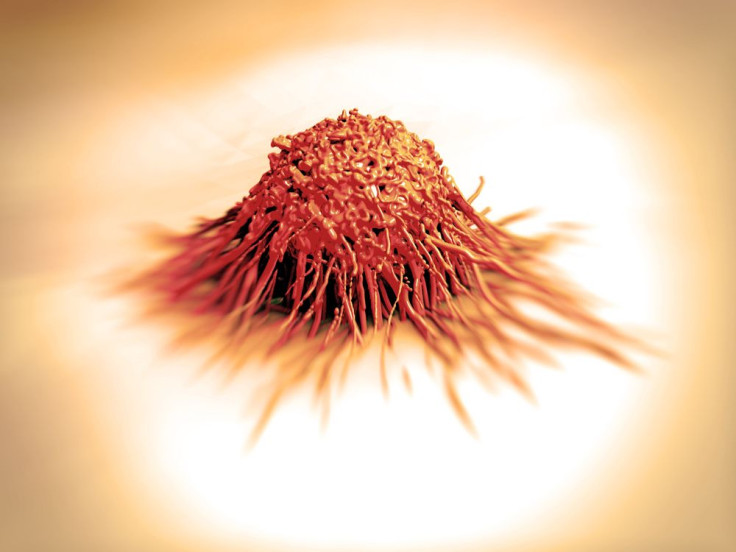New Gene Responsible For Rare Brain Cancer Found; Is A 'Strong Candidate' For Drug Development

Researchers have achieved a breakthrough while studying the possible genetic causes of brainstem glioma, a rare and potentially deadly cancer of the brain, which is mostly diagnosed in children and young adults. This discovery may aid in the development of therapeutic options to treat this cancer.
In a collaborative effort, researchers at Duke Medicine, and neurosurgeons and scientists from China have identified a genetic mutation that is responsible for both growth and death of the tumor cells. The scientists also found that the mutation is what makes the tumor resistant to radiation, allowing them to hold back patients who would have otherwise undergone raiation therapy. The researcher's findings will be published in the journal Nature Genetics.
What is Brainstem Glioma?
Essentially, brainstem gliomas develop when the glial cells lining the brainstem become cancerous. Glial cells are non-neuronal cells with the primary function of holding nerve cells in place and protecting them. Gliomas in the brainstem generally occur in a part called the pons, which links the medulla oblongata and the thalamus. Since the brainstem controls the cardiovascular and respiratory system, pain sensitivity, and the nerves involved with seeing, hearing, walking, and talking, damage to it can be critical.
It All Boils Down To The PPM1D Mutation
Researchers studying the tumor cells found that mutation occurred in a gene called PPM1D, which is normally believed to reverse DNA damage. Mutations in this gene caused cells to multiply and avoid apoptosis, or natural cell death. Although mutation in this gene has been linked to ovarian and breast cancer, it has not been linked to brain cancers. The new research finds the opposite; that it aggressively encourages the development of brainstem gliomas.
The researchers also found that tumors that had the PPM1D mutated gene also lacked the TP53 mutated gene. The TP53 gene nornally regulates cell cycles, and prevents cancer by supressing tumors. When it has a mutation, it causes most types of cancers. "This finding has immediate clinical applications, because either mutation — PPM1D or TP53 — cause the tumor cells to be resistant to radiation," said senior author Dr. Hai Yan, a professor of pathology at Duke University School of Medicine, in a press release. "Knowing that could spare patients from an ineffective treatment approach."
Knowing about this mutation can also help when developing new drugs, because none of the conventional cancer therapies — radiation or chemotherapy — have been able to improve survival rates among patients with brainstem glioma. The researchers are also trying to find drugs that can supress mutations of the PPM1D gene, in order to control cancer. "PPM1D is itself a target for drug development because the gene mutation causes cells to avoid death and proliferate," Yan said in the release. "In drug development, it's easier to turn that growth function off than it is to switch on the cell's defective tumor suppression mechanism."
Source: Yan H, et al. Nature Genetics. 2014.
Published by Medicaldaily.com



























